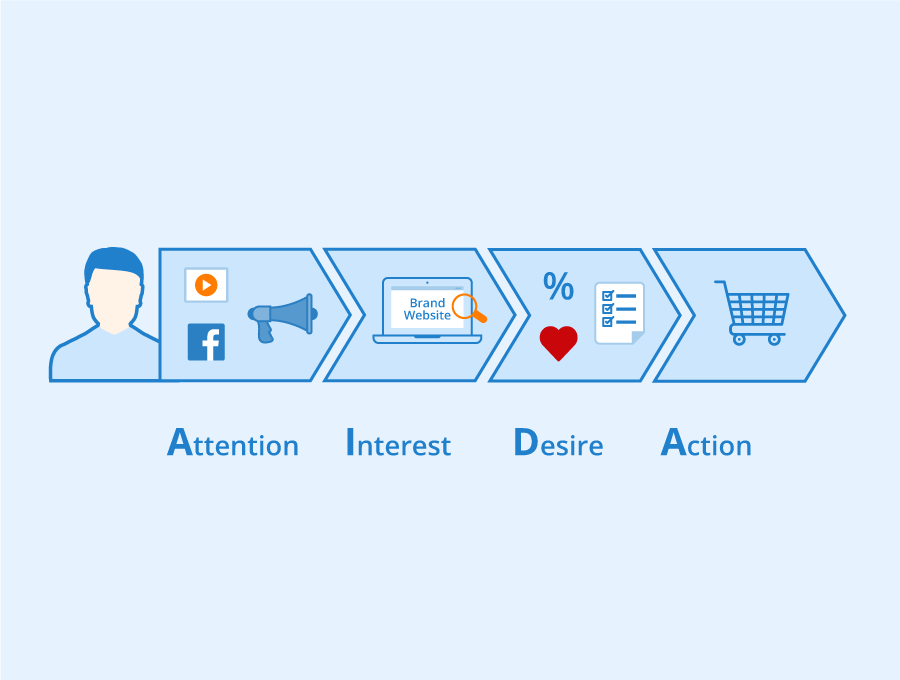When creating websites, it’s easy for designers to get lost in all the cool effects, animations, and other shiny features. Focusing on the visually pleasing part of the design is often tempting, but we should never do it at the cost of worsening the user experience. Obviously, we build websites to reach a goal that should be clearly defined, like selling products, educating, or getting a brand’s name out. Luckily, there is a whole profession that has been built around this: UX designer. Obviously, we will not teach you how to become a professional UX designer in this article, but we will give you a five helpful tips that will help you improve engagement on your website through better UX.
1. Make your website responsive
Although I hope you can skip this tip right away, because you already have a responsive website, too many websites are not responsive and are losing customers for that simple reason. First, if your website is not responsive, it’s unlikely that it will be found on mobile, because Google will not index it. It will even penalize your entire website for not being mobile-friendly.
On top of that, if a visitor still accesses your website, he will have a hard time navigating it if it’s not mobile-friendly. If your website was built with a modern tool, it shouldn’t be too hard to make it responsive. For WordPress, there are plenty of plugins that can do it for your.
2. Create customer-centric content
Yes, user experience is also about content, not only about design per se. When creating the content of your website, you should always keep in mind that your website’s content is not about you, but about your visitors (aka potential customers). If you find that your content is too centered on your company, but not on your users needs, you should rewrite at least the strategic pages where you expect more engagement from your visitors.
3. Improve micro-copy on your website
Another content writing tips that will improve the global UX and increase conversion is to work on the micro-copy on your website. This means writing better content for all the little elements like the information tooltips, guiding texts, assistance pages,… Pretty much anything that isn’t the core content, but really improves the little interactions on the website.
Typically, this type of micro-copy work will do wonders on forms to increase the chances that someone will fill the forms to request information. This could mean removing some form elements, improve the layout of labels, or use better terminology for buttons.
4. Make good use of call-to-action elements
Call-to-action elements are crucial to increase conversion, it refers to any design to prompt an immediate response. For example, a contact form, a buy button, a newsletter subscription form, or any other website element that requires user engagement, can be included in call-to-actions.
Making good use of it means to include it in your website at the right places, in a non-nagging way, and design it appropriately.

5. Track and improve
Designing appropriately is not always obvious, so you should test your designs to know which works better. Track results and improve, never forget that your website is a work in progress. Whether it’s a newsletter, a landing page, your frontpage, or basically anything on your website, tracking results and analyzing it will always bring some surprises and teach you something. Don’t be overconfident about how your users behave on your site, being humble will only help you improve your designs.

